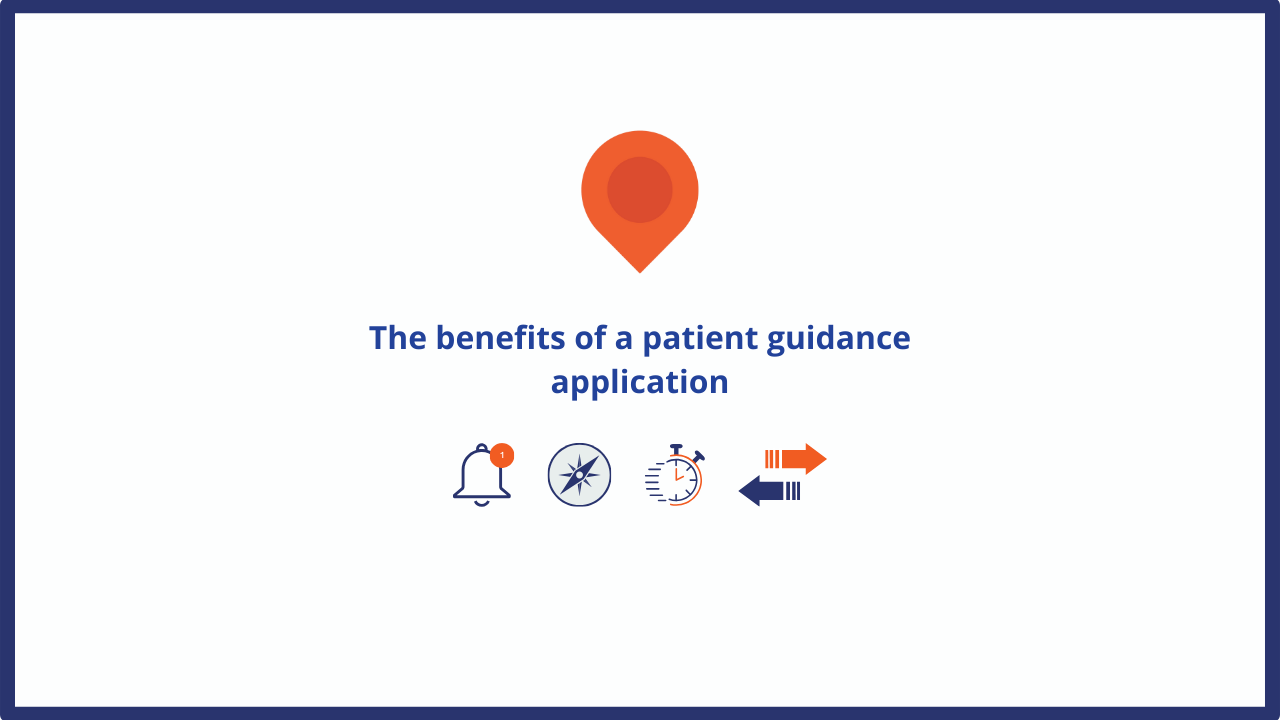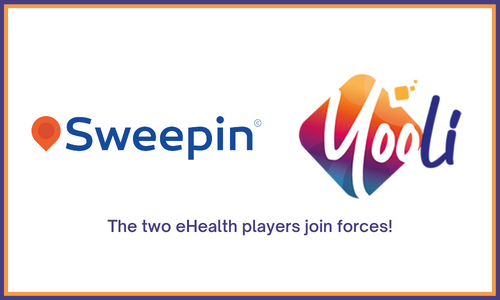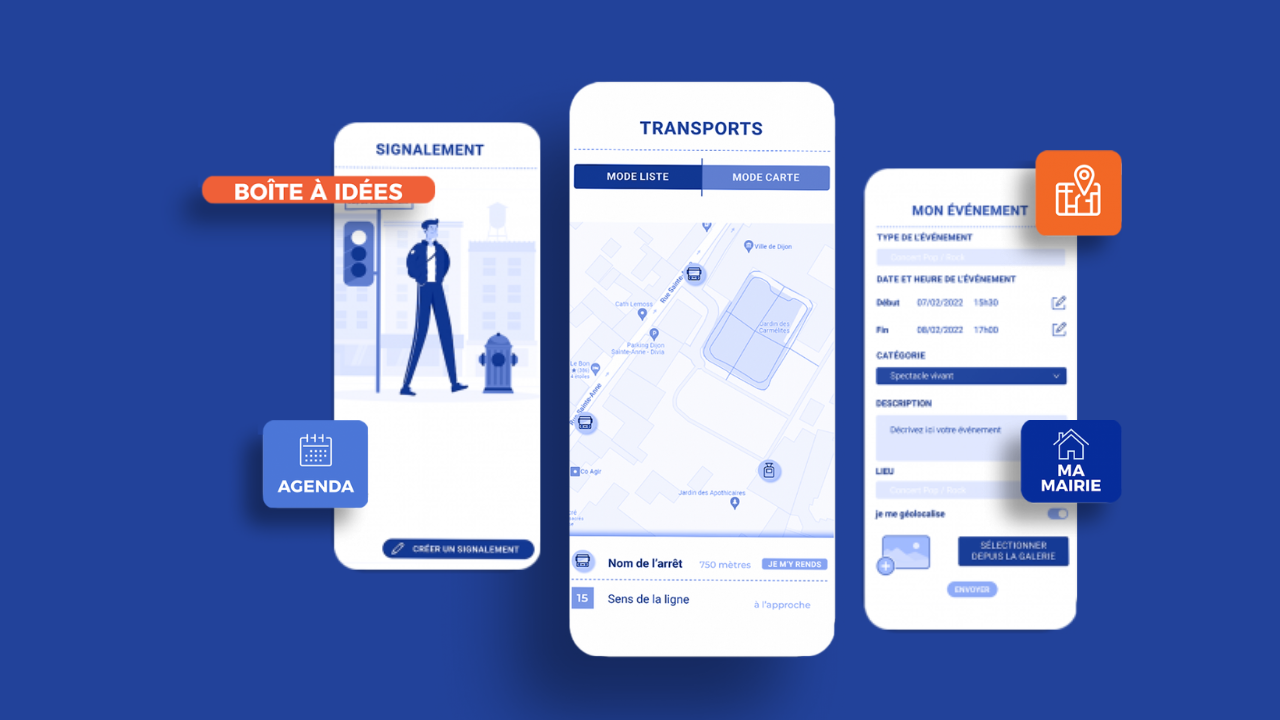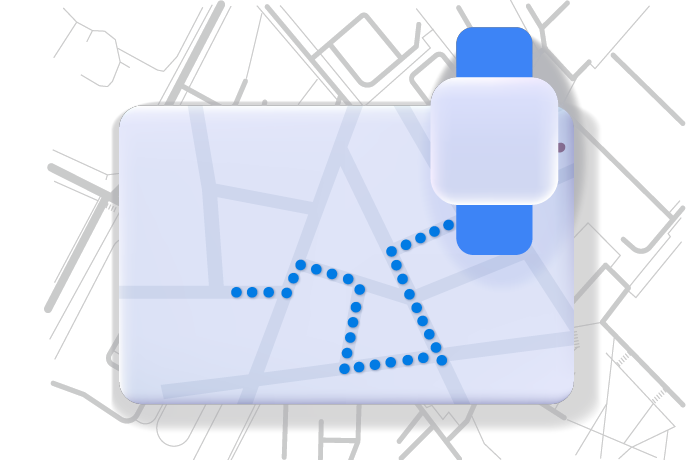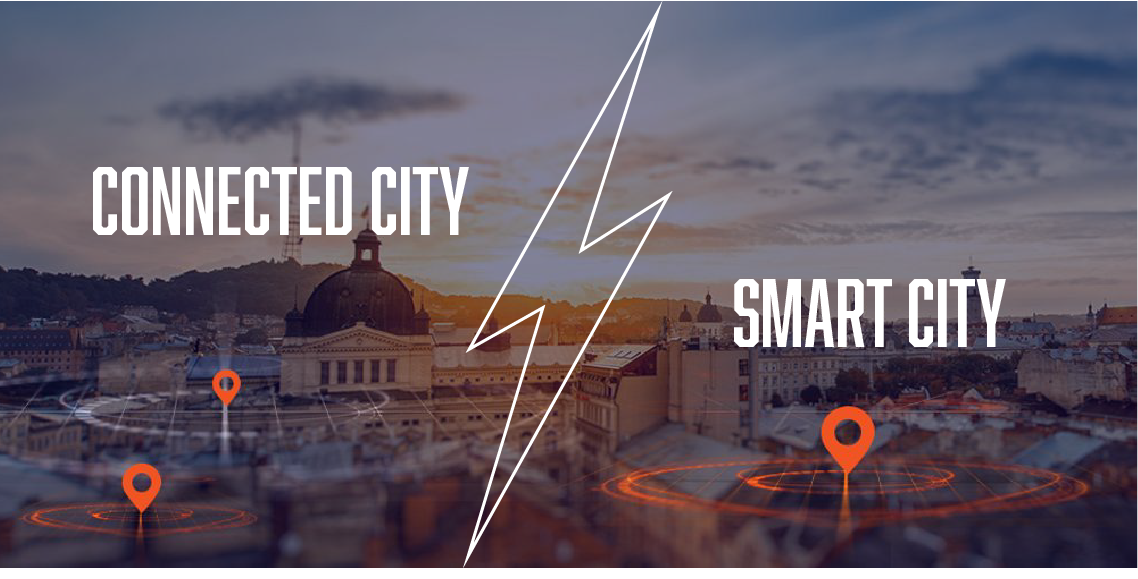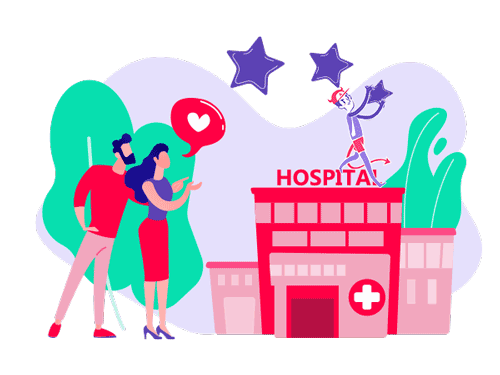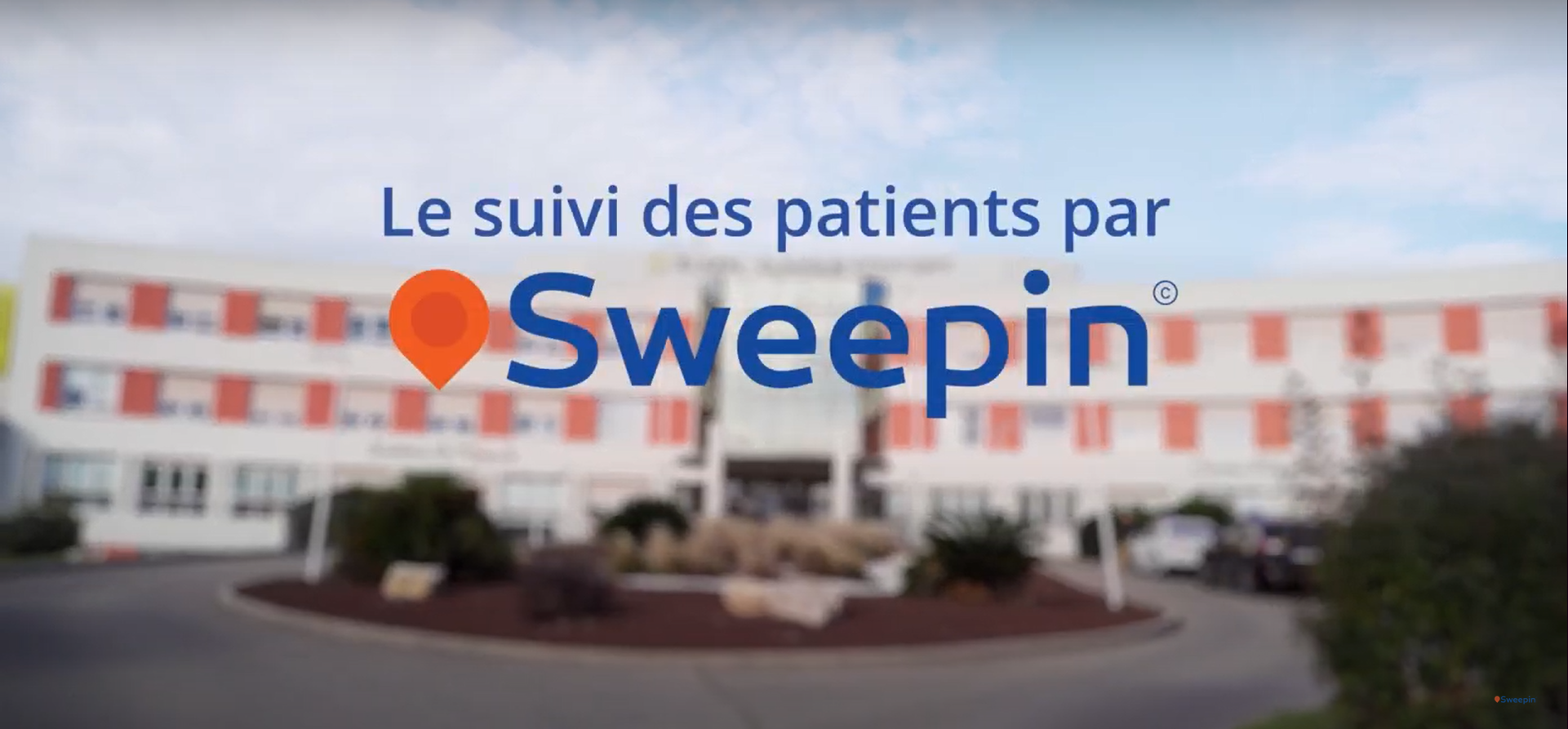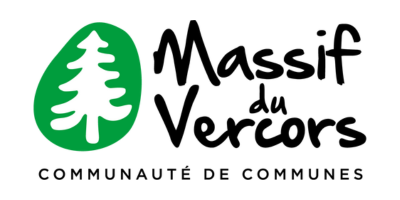When you go to the hospital, the "journey" can be an obstacle course: finding the right building, completing admission formalities, getting to the right department on the right floor… we've all got lost at least once in the maze of hospital corridors. Thanks to a complete patient location and guidance solution, that's all over now! We explain how our patient guidance application works.
Why use a patient guidance application?
Whether you're a patient, a companion or a visitor, it's easy to get lost in these huge hospital complexes, and spend hours waiting to be admitted or obtain information. In the end, a lot of time and patience is wasted wandering the corridors, asking the nursing staff for directions… and the patient arrives stressed and late for his or her medical appointment 😤…
There are several advantages to using a guidance application:
- Patients/visitors immediately find their way from home to the hospital, then to the right department, waiting room or patient room,
- Patients save time by preparing their admission in advance,
- Care on arrival is faster,
- Hospital staff remain fully dedicated to their work,
- Patients arrive on time for consultation 😉.
Patient reception: localization makes it easy!
In practical terms, patients find their way around the hospital using the real-time guidance system. If they choose guidance without a mobile application, they simply scan the QR code located at the entrance to the building with their smartphone to access the digital map of the facility, enter the required department and follow the route step by step to their destination.
With the app, patient location and welcome functions are more extensive, with support at every step of the way:
- SMS appointment reminders,
- GPS guidance from home to hospital,
- Arrival detection, alerting the relevant department,
- Interior guidance (IPS).
With or without a smartphone app, the IPS operates off the mobile network, without beacons or Bluetooth to avoid interference with medical equipment. An audio function is included, notably to guide visually impaired patients 👍.
Save time with automatic patient admission
To optimize the patient's time at the hospital, the application enables automatic admission. When the patient receives the SMS appointment reminder, he or she can pre-admit online by scanning all the documents required for admission (Vitale card, convocation, prescription, etc.). Their personal data is hosted on the establishment's server in compliance with RGPD 🤫.
The documents are automatically transmitted to the hospital's software, so as to reduce processing times and better manage the flow of incoming patients. Once the patient has been detected in the facility, he or she receives a notification indicating his or her number in the queue to finalize admission. They can then continue their journey to their appointment.
The University Hospital Centres of Reims, Amiens-Picardie, Avignon… They have put their trust in Sweepin's location application. Contact us for more information.


